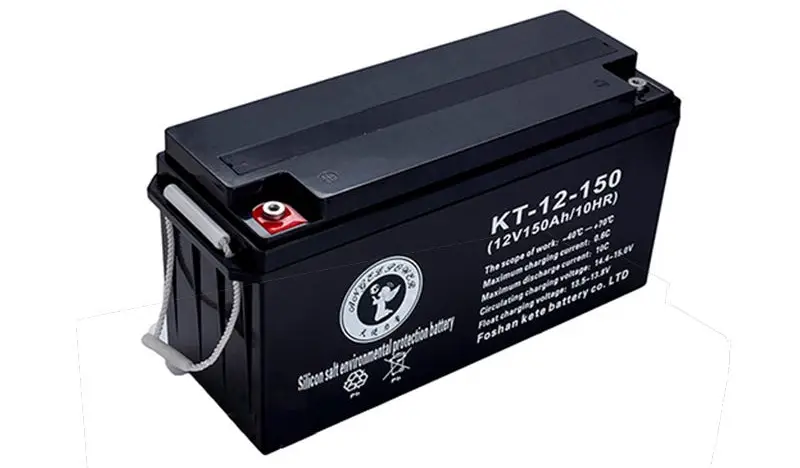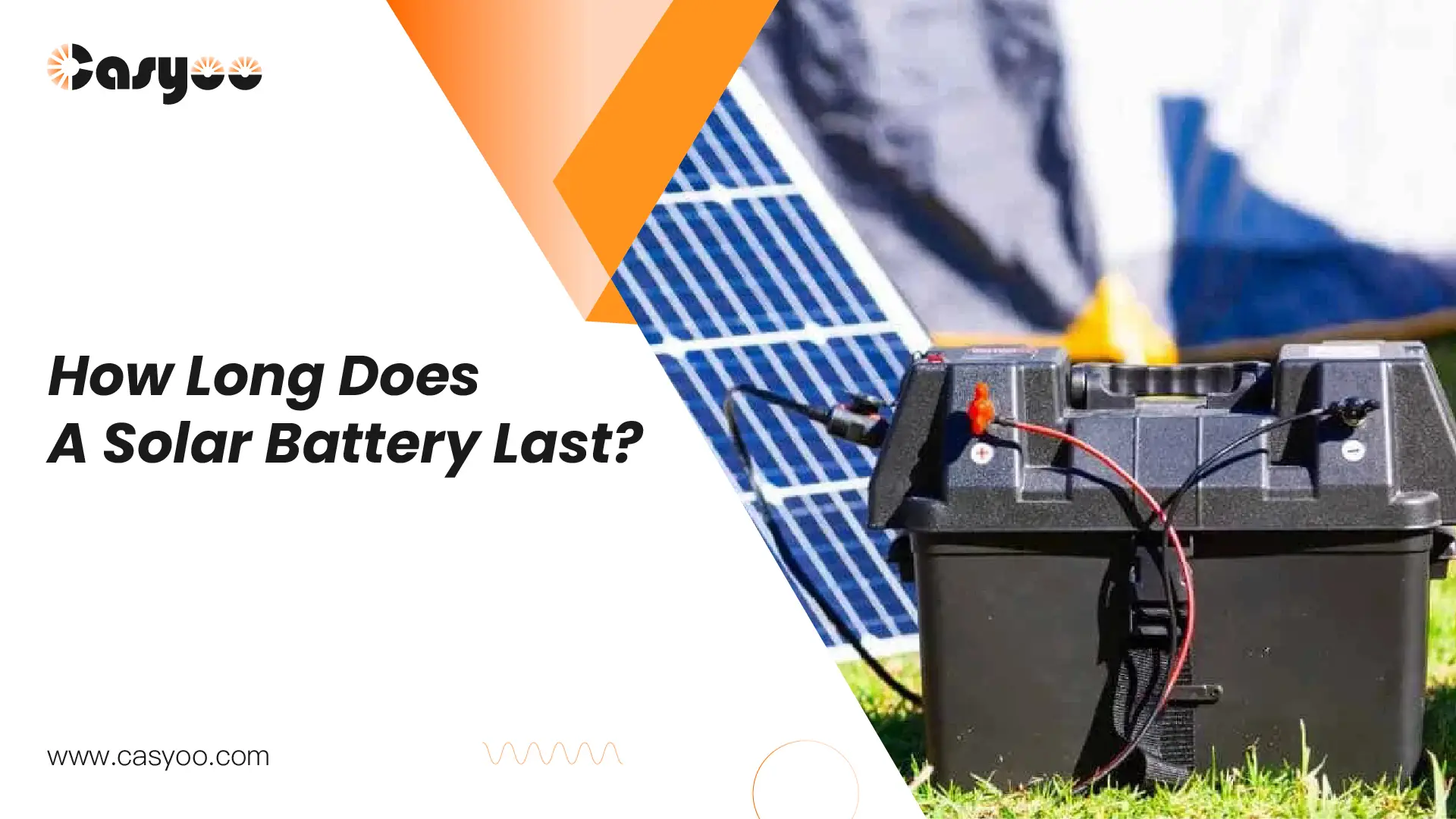Solar street lights are expensive because there are many components that have different functions. Compared with traditional street lights, the solar panels, batteries, controllers, etc. can last longer, but they still need maintenance and replacement after being used for a long time. Solar batteries are not like other components, they have a specific service life. Read this passage to know how long does a solar battery last!
Lifespan of the mainstream types of solar batteries
Lead-acid batteries
The most used battery type for solar street lighting systems is lead-acid batteries. Its lifespan is generally 3-7 years, but this mainly depends on the type of battery (for example, valve-regulated sealed lead-acid batteries usually have a longer life) and maintenance and usage conditions. The main advantage of lead-acid batteries is their lower cost, but they are usually heavy and need regular maintenance.
Lead-acid batteries have relatively shorter service life for the following three reasons. First, the chemical reaction mechanism of lead-acid batteries will cause changes in the electrochemically active substances, resulting in a decrease in battery capacity. Second, the water in the electrolyte of lead-acid batteries is easy to evaporate during storage and use, resulting in shortened life. Third, lead-acid batteries are easily damaged when overcharged and overdischarged, resulting in shortened lifespan.

Lithium-ion battery
Lithium-ion batteries have higher energy density, a lower self-discharge rate, and can last longer than lead-acid batteries. The lifespan of Lithium-ion battery is typically between 10-15 years, and may vary according to different usage conditions. Although lithium-ion batteries cost more, they are becoming the mainstream choice in the solar battery market, especially in residential and commercial applications.
Factors influencing how long solar batteries last
1. Deep discharge
If the battery is frequently deeply discharged, its life will be shortened. When the battery is discharged with a high current or is often in an under-voltage state, and cannot be recharged in time, larger sulfate particles will be produced. Since the material in the plate cannot fully react with each other, the real capacity of the battery will gradually decline over time. Long-term power loss is the main cause of battery failure and shortened life in solar systems.
2. Discharge rate
Using a discharge rate lower or higher than the rated value will shorten the lifespan of the battery. If the discharge current becomes higher, the lead sulfate will block the interior of the porous electrode, making the capacity of the battery lower. But on the other hand, it is not that the lower the discharge rate, the better. Studies have shown that keeping a discharge rate that is too low will lead to significant increase in the production of lead sulfate molecules, causing the plate to bend and the active material to fall off.
3. The outside temperature is too high
In a high-temperature environment, the fluid in the battery cannot fully react with the active material of the plate. The reduced capacity cannot satisfy the planned backup use duration while maintaining the depth of discharge, which can easily lead to over-discharge. High temperatures can also result in battery fluid loss and thermal runaway. Therefore, temperature has a significant impact on how well batteries perform. In solar systems, controllers are required to compensate inappropriate temperature.
How to maintain solar batteries?
1. Once the installation is finished, you should check the battery’s capacity. Save the baseline data of the internal resistance, float voltage, capacity and other parameters.
2. Once a month, use the detector to measure the internal resistance and float voltage. check the battery shell and connectors. Make sure that the float charge terminal voltage of each battery is within the correct range. If there is any abnormal internal resistance, high/low float charge voltage, shell deformation, or connector corrosion, handle it according to the instructions or report it to the manufacturer.
3. At least once every six months, check to see if the poles’ connecting bolts are loose. Clean the dust on the battery, especially those on the poles and connecting strips, to prevent battery leakage or grounding. At the same time, check for any anomalies in the appearance of the battery and repair them as soon as possible.
4. Carry out capacity discharge every one or two years. If the capacity is insufficient, dealt with it in time. When discharging, the battery should be deeply discharged, otherwise it will sometimes be difficult to reflect the decrease in battery capacity.
6. After the battery is discharged or an accidental power outage, you should check the charging current to prevent it from being too high.
7. Pay attention to the temperature compensation of the float voltage in case the temperature affect the service life of the battery.
To wrap up
The two mainstream types of solar batteries are lead-acid batteries and lithium-ion battery, and their service life can range from 3 to 15 years. Choosing the suitable type of solar batteries, setting the appropriate working environment, and maintain the batteries regularly, you can make full use of the batteries in their lifespan. If you have other questions about solar batteries, you can leave a message to us. Our experts will recommend the best solar batteries for your project!




